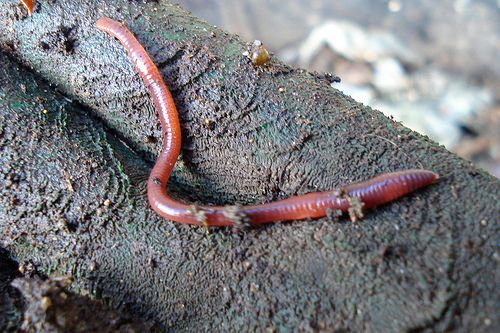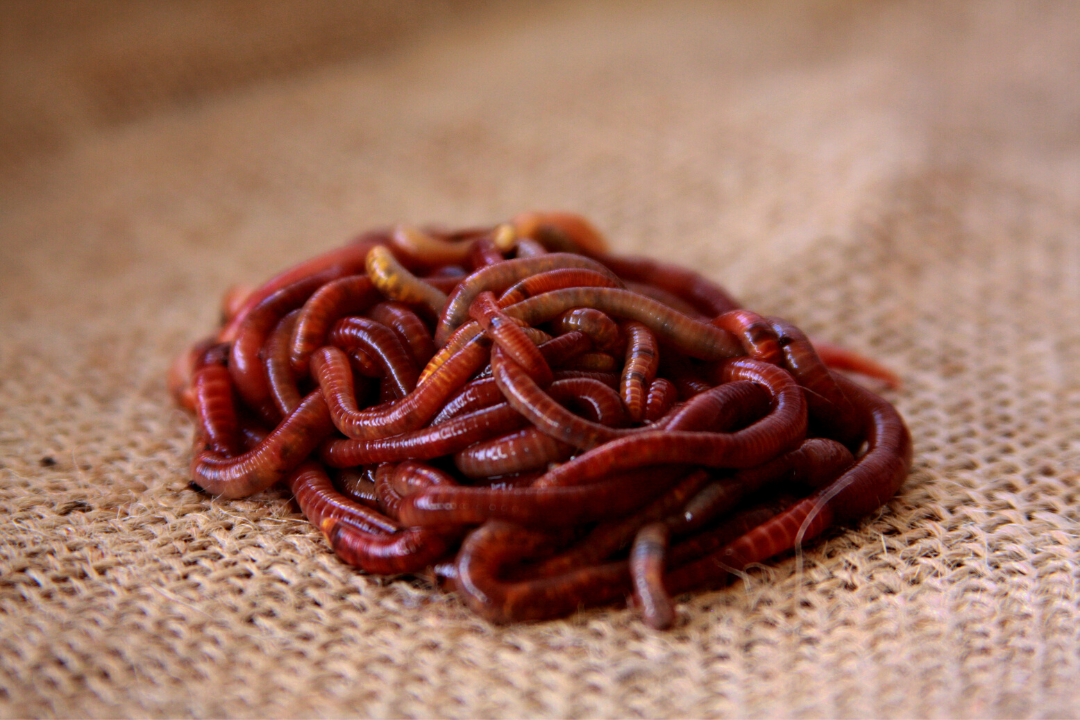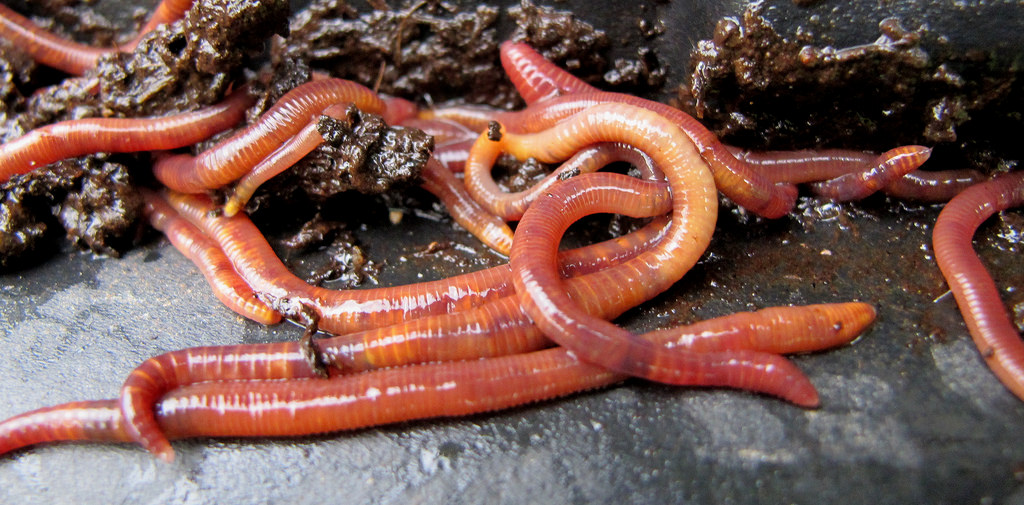Red Wiggler Express: High-Quality Worms Delivered Fast
Red Wiggler Express: High-Quality Worms Delivered Fast
Blog Article
Red Wigglers: The Unsung Heroes of Organic Waste Recycling
Red wigglers, or Eisenia fetida, offer as important representatives in the natural waste reusing procedure, changing discarded materials right into valuable vermicompost. Their effective break down of organic matter not just boosts dirt quality yet additionally adds to lasting waste administration techniques. As the world progressively seeks solutions to combat waste buildup and enhance agricultural performance, comprehending the function of these worms comes to be vital. What devices allow them to thrive in garden compost environments, and just how can they be effectively made use of in both domestic and industrial setups? Discovering these concerns exposes the more comprehensive effects of vermicomposting in our ecological landscape.
What Are Red Wigglers?
The exceptional resilience of red wigglers, medically understood as Eisenia fetida, emphasizes their crucial role in natural waste recycling. These tiny, reddish-brown earthworms are generally located in decaying organic matter, such as compost heap and manure stacks. Lake Hickory Bait. Unlike various other earthworm types, red wigglers flourish in nutrient-rich atmospheres and are extremely effective at damaging down organic products, making them necessary for vermicomposting

(Red Wiggler Express)In addition to their duty in waste reduction, red wigglers add to soil wellness by boosting dirt framework and aeration via their delving activities (Lake Hickory Bait). Their presence in composting systems not just boosts disintegration rates however also promotes a sustainable strategy to lose management, showing their value in eco-friendly preservation initiatives
Benefits of Composting With Worms
Composting with worms, specifically red wigglers, offers countless benefits that boost both waste monitoring and dirt health and wellness. Initially, these worms successfully damage down natural waste, transforming it right into nutrient-rich vermicompost that improves soil. This procedure accelerates disintegration, enabling for a faster recycling of kitchen scraps and other organic products compared to typical composting methods.
Furthermore, the vermicompost created by red wigglers is including advantageous microbes, which assist improve dirt framework, aeration, and dampness retention. This enhances the total health of plants, promoting vigorous development and increased returns in gardens and agricultural settings. Additionally, making use of worms in composting decreases the production of greenhouse gases, such as methane, adding to a much more lasting waste administration system.

How to Begin Vermicomposting
Establishing a vermicomposting system is an uncomplicated process that can produce considerable benefits for both waste administration and dirt enrichment. To begin, pick an ideal container, such as a plastic container or wooden box, with ample ventilation holes to make certain appropriate air movement. The measurements need to ideally be around 2 feet by 3 feet, permitting ample area for the worms to flourish.
Following, prepare bed linens product, which can include shredded paper, cardboard, or coconut coir. This bed linen ought to be dampened to develop an ideal habitat for the worms. Once the bedding remains in area, introduce red wigglers (Eisenia fetida) right into the container, usually around one pound of worms for every square foot of surface.
Adhering to the positioning of worms, add natural waste, such as fruit and veggie scraps, coffee premises, and smashed eggshells. With these actions, you will effectively launch a vermicomposting system that contributes to lasting waste management and enriches your soil.
Maintaining a Healthy And Balanced Worm Bin
(Red Wiggler Express)Keeping a worm bin flourishing requires routine attention and like make certain the wellness of the red wigglers and the effectiveness of the composting process. Proper upkeep starts with monitoring the moisture levels; the bin should perspire however not waterlogged. A good regulation of thumb is to maintain look these up an uniformity similar to a wrung-out sponge.
Gently blending the bedding and food scraps every couple of weeks avoids compaction and makes sure that all worms have access to oxygen. Additionally, it is crucial to feed the worms properly.
If the bin becomes also hot or cool, the worms may end up being stressed out. By vigilantly managing these variables, one can maintain a durable and efficient worm bin.
Influence On Sustainable Living
The successful upkeep of a worm bin not only profits the health and wellness of red wigglers however also contributes considerably to sustainable living techniques. By recycling natural waste, such as kitchen area scraps and yard debris, red wigglers help draw away considerable quantities of product from garbage dumps. This reduction in waste not just lowers greenhouse gas discharges but additionally reduces the ecological concern related to waste administration.
In addition, the spreadings generated by red wigglers serve as a nutrient-rich organic plant food, boosting dirt health and wellness and promoting plant growth. This natural option to chemical fertilizers supports sustainable agriculture and gardening practices, lowering dependence on synthetic inputs that can damage communities. Furthermore, worm composting fosters awareness of waste administration, urging individuals and neighborhoods to take on even more lasting habits.

Final Thought
In summary, red wigglers function as vital factors to organic waste reusing with their reliable disintegration of organic materials. Their ability to generate nutrient-rich vermicompost enhances dirt health and sustains sustainable farming techniques. By integrating vermicomposting right into waste administration strategies, people and neighborhoods can dramatically reduce waste while promoting environmental sustainability. The duty of Eisenia fetida in cultivating healthy ecological communities emphasizes the significance of these organisms in attaining sustainable living and improving dirt fertility.
Report this page